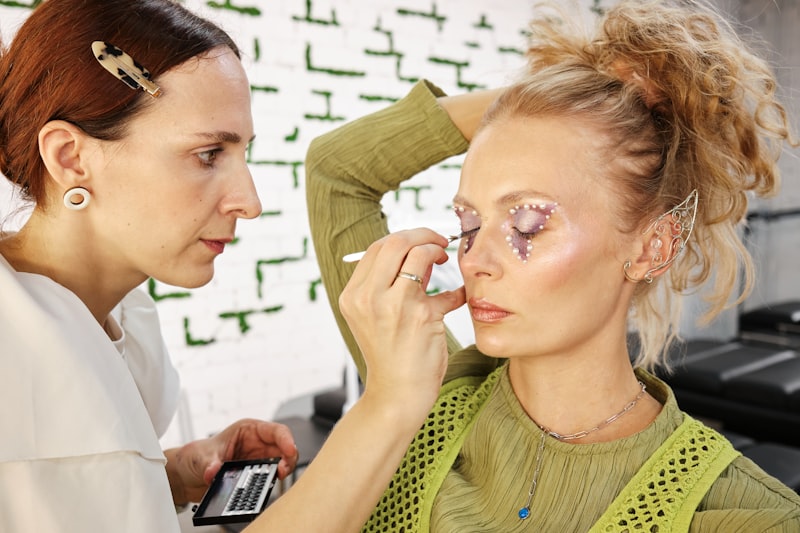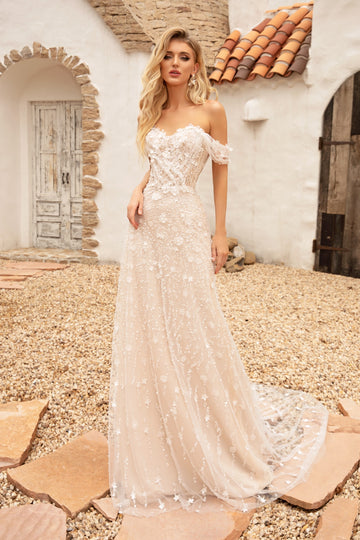Artistry in Makeup: Bridging Classic and Modern Techniques
Artistry in Makeup: Bridging Classic and Modern Techniques
Makeup artistry has been a significant form of self-expression and creativity throughout history. From the ancient Egyptians who adorned themselves with kohl to the contemporary makeup artists who create stunning visuals for fashion and film, the evolution of this craft is fascinating. Today, we explore how traditional techniques blend seamlessly with modern innovations in makeup artistry, giving rise to new trends and styles. This article will delve deep into the various aspects of makeup artistry, focusing on the intersection of classic and modern methods.
The Historical Perspective of Makeup Artistry
Makeup has been utilized for various purposes across cultures, including enhancing beauty, signifying status, and even in religious rituals. The historical use of makeup can be broken down into different eras:
| Era | Key Features |
| Ancient Egypt | Use of kohl and other natural pigments for enhancing the eyes |
| Renaissance | White lead-based foundations and bright red cheeks |
| Victorian Era | Subtle makeup; the idea of beauty was linked to an almost ethereal quality |
| 1920s | Flapper makeup: bold eyes and dark lips became popular |
| Modern Era | Diverse styles leveraging technology, products, and techniques |
This table encapsulates how makeup artistry has evolved through the ages. Each era brought unique elements that shaped the practices we recognize today.
Modern Innovations in Makeup Artistry
As we entered the 21st century, the makeup industry underwent a significant transformation powered by technology, social media, and a broader acceptance of diverse beauty standards. Here are some ways modern innovations have influenced makeup artistry:
- High-Definition Makeup: Today, makeup is designed to look flawless in high-definition photography and videos, thanks to the use of advanced formulations. This innovation is vital for professionals working in television, film, and social media.
- Customizable Products: Brands like Fenty Beauty have expanded the available color ranges to cater to various skin tones, emphasizing inclusivity and representation.
- Technological Tools: AI and AR technologies have allowed consumers to try on makeup virtually, significantly enhancing the shopping experience.
- Sustainable Beauty: Modern consumers are becoming increasingly conscious about the environment, leading to the rise of eco-friendly and cruelty-free makeup products.

Classic Techniques Resurrected
While modern techniques and products have revolutionized the industry, many classic makeup methods are still relevant and cherished in today's artistry. Let's explore how these classic techniques are integrated into modern makeup:
- Stippling: This technique involves using a stipple brush to create a naturally blemished appearance. It harks back to the days when makeup artists used sponges and brushes for an immaculate finish.
- Contouring: Although contouring gained widespread popularity in the early 2010s, the origins of this technique date back centuries when actors would use darker shades to create shadows on stage.
- Cat Eyes: The sultry cat-eye look has its roots in ancient Egyptian makeup and has been perpetuated throughout generations, continually evolving yet remaining timeless.
Classic techniques like these allow for artistry that feels both sophisticated and timeless, making them the perfect complement to modern innovations.
User-Generated Content and Social Media Influence
The rise of platforms like Instagram, TikTok, and YouTube has revolutionized makeup artistry by giving budding artists a platform to showcase their skills. Influencers and makeup tutorials have made classic techniques more accessible. Have you ever wondered why beauty gurus focus on certain classic styles? Here are some insights:
- Trust and Authenticity: User-generated content creates a sense of trust amongst viewers, as they can see real-time applications and results.
- Shareability: Unique and classic makeup looks often go viral, inspiring others to recreate their versions of the look.
- Community Building: Platforms allow makeup enthusiasts to connect, share tips, and seek advice, creating a diverse community that celebrates artistry.
Conclusion: The Future of Makeup Artistry
As we continue to witness the evolution of makeup artistry, striking a balance between classic techniques and modern innovations is key. The fusion of these elements not only enhances beauty but encourages personal expression and creativity. For budding makeup artists and enthusiasts, remember to embrace both the old and new ways of doing makeup. Here are a few tips to consider:
- Experiment with classic techniques while incorporating modern products for a fresh take on traditional styles.
- Follow makeup artists on social media to stay updated with emerging trends and innovations.
- Always prioritize skin health by selecting products that suit your skin type, whether they are conventional or innovative.
In summary, the artistry in makeup is not merely about looking good but is an expression of individuality and creativity. By bridging classic and modern, we can appreciate the rich history of makeup while pushing the boundaries of its future.
